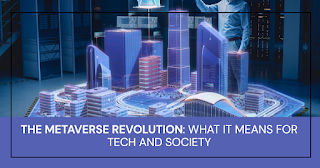Agile Metrics for Success: Going Beyond Velocity and Burndown Charts

Introduction: Agile methodologies have transformed the way we manage projects and deliver value to customers. One of the cornerstones of Agile is its commitment to continuous improvement through the use of metrics. While Velocity and Burndown charts are valuable, there's a wealth of untapped metrics that can provide deeper insights into a team's performance and project success. In this article, we'll explore a range of Agile metrics that go beyond the basics, helping teams fine-tune their processes and drive success. 1. Lead Time and Cycle Time: Lead Time measures the total time taken from the moment a task is identified until it's completed. Cycle Time, on the other hand, tracks the time it takes for a task to move from "in progress" to "done." These metrics reveal bottlenecks and inefficiencies in your process. 2. Work in Progress (WIP) Limits: Implementing WIP limits helps control the number of tasks in progress at any given time. Teams that...









